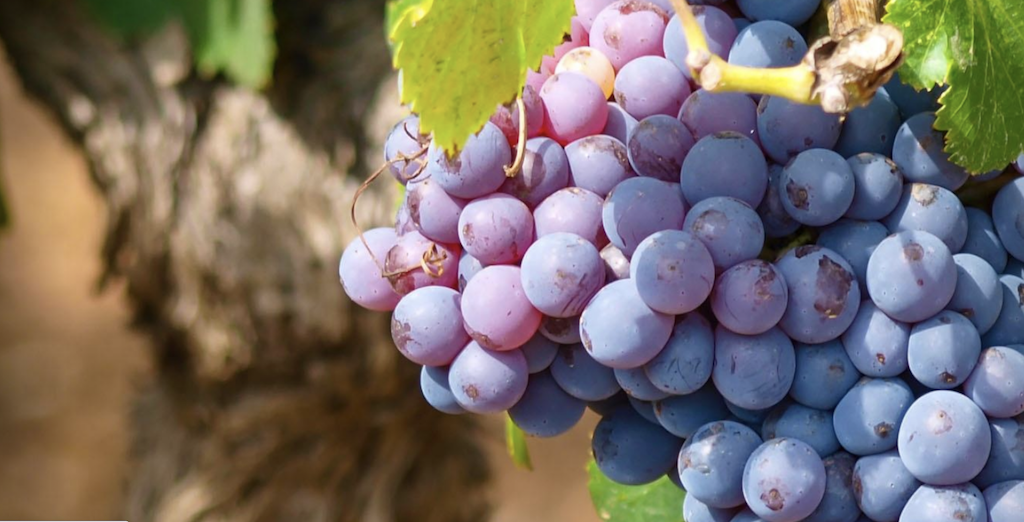We are excited to launch our new Legendary Vineyards blog series! These fascinating stories are made possible through the help of our CDFA Specialty Crop grant to support the recognition and preservation of these cherished vineyards grown throughout California.
Our first author, contributor for the The Daily Meal and Snooth, Gabe Sasso has a long, long love affair with Zinfandel. It’s a thrill to have him author our first post. Stay tuned for future postings from guest authors throughout the year. Enjoy!
Rebecca Robinson
ZAP, Executive Director
Zinfandel is America’s signature grape, but a multitude of factors must conspire to produce great examples of it. Not every bottle of Zin is created equally. Each region offers unique characteristics and sometimes challenges to growing benchmark Zinfandel. The Sierra Foothills is a wine growing region equipped to growing top-shelf Zinfandel. A number of local winemakers weighed in on what contributes to outstanding Zinfandel, the suitability of the Sierra Foothills and the legendary vineyards located in the region. While there were variety of thoughts, ultimately, they all agreed that the key is great vineyard sites. With Zinfandel, perhaps more than any other grape grown in the U.S., old vines also play a real role. It’s not necessary for vines to be old to grow great Zinfandel, but many of the most famous and expressive examples come from older vineyards that produce singular examples of fruit.
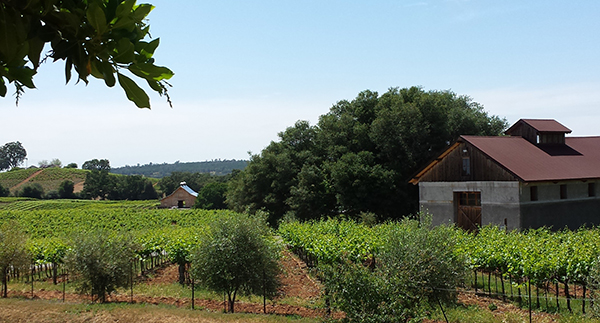
In addition to excellent vineyards playing the most vital role in growing top quality Zinfandel, what each plot can achieve varies greatly by both site and region. Zinfandel thrives in climates both hot and mild as well as at varying elevations and soil types. According to Ashley Long, Assistant Winemaker at Amador Cellars, “Zinfandel is so versatile and has such a huge range of flavor profiles that the unique differences are more apparent.” The variance can be great even within one vineyard. Amador Cellars has 11 acres of Zinfandel planted and from it they produce three completely different styles of Zin.
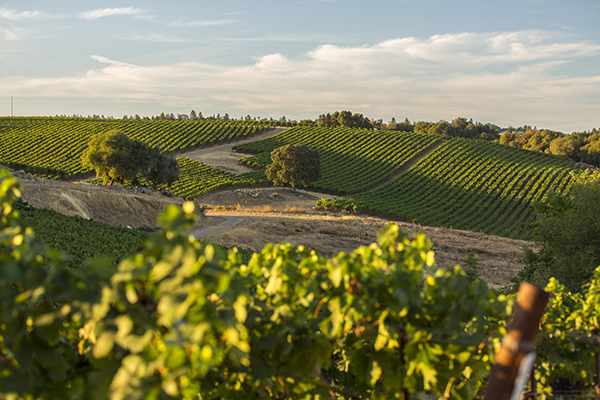
As a region the Sierra Foothills has nearly 70 Zinfandel producers of every shape and size. Richie Allen Director of Viticulture and Winemaking for Rombauer Vineyards feels strongly about their vineyards and the particular suitability of the Sierra Foothills for Zinfandel, “We have two estate vineyards in the region and we also work with growers. Our estate vineyard is 20 acres around our new facility and our Twin Rivers Vineyard is in El Dorado County. The warmer climate, sandy course loams soils are very consistent and vary mainly in depth. This, coupled with rolling hills, provide subtle differences and different ripening. It is definitely a region where Zinfandel thrives.” Napa based Rombauer has been in the Sierra Foothills since the 90’s working with local growers. But by 2010, understanding the importance of the region they also started investing, both by planting there and by building a new facility.
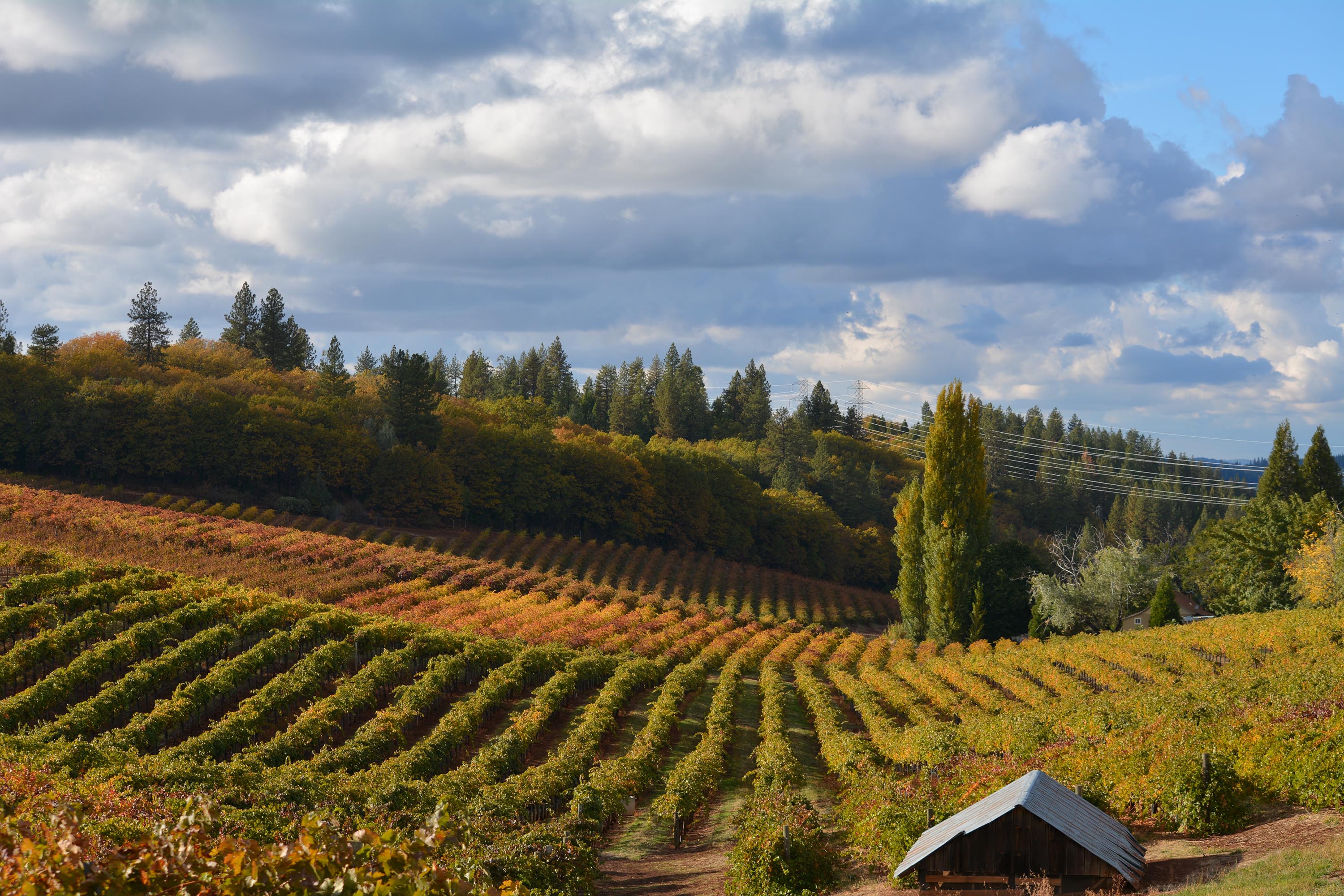
Kevin Jones from Lava Cap Winery describes conditions much different from those of Rombauer which lead to a different style of Zinfandel than the average consumer might first think of, “We are a high elevation vineyard growing grapes at over 2,700 feet, giving us a cooler ripening season than many California growing regions. These cool late summer and fall days are influenced by the Sierra Nevada mountains. Few regions in California have the proximity to the mountains that El Dorado AVA has, and all regions that do are located within the Sierra Foothill AVA. When Zinfandel ripens in these late season, lower temperatures, and shorter days, you get a Zinfandel that has vastly different characteristics; wines loaded with gravely white pepper, bright red fruit, and elegant structure and long finishes.” This type of diversity underscores the importance sites play in producing distinct Zinfandels.
Age of vines can come into to play for a variety of reasons. As vines age, the production drops and the resulting fruit is often more concentrated and intense. But other factors come in to play as well, as Ashley Long explains, “vintage to vintage variation is less of an issue because the roots are so deep, they are less impacted by weather.” While the term “Old Vine” doesn’t have any official or regulated definition, most who produce Zin agree that vines have to be over 50 years old to truly be “Old Vines.” Vines over 50 years old have not only survived, but thrived, otherwise they would have been ripped out. Kevin Jones explained, “Through natural selection many of these quality old Zinfandel vines across California have survived.” The continued survival and success of these vineyards, and new or recently planted, well-situated vineyards, is the single most imperative factor in the existence of benchmark Zinfandel for generations to come.
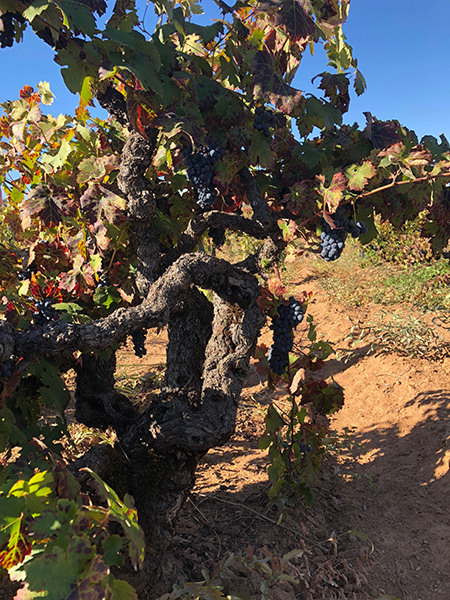
Vino Noceto works with fruit from the original Grandpere which dates back to 1861. The fruit from that vineyard often features lots of black pepper, raspberry and bits of minerality. As Noceto, winemaker Rusty Folena, tells it: “The Sierra Foothills are blessed with a multitude of legendary vineyards and can be a great area for Zins. We have a lot of vineyards that are well over 70 to 80 years old, each of them offering up something a little different. I have been working with this vineyard since the 80s. It’s a treasure. Great fruit and balance; what I think Amador County Zin should be.”
When you’re looking for great Zinfandel to drink, where the fruit was sourced matters a lot. The more specific the source, the more likely the experience is going to be unique. Not every wine is going to be a single vineyard or block specific offering. But if you look for a wine that comes from a specific AVA, you’re more likely to have a singular experience then if the source is broad. Each legendary Zinfandel vineyard has a different story to tell. The Sierra Foothills is a great place to discover a number of them.
Gabe Sasso is a freelance writer. In 2007 he founded gabesview.com. He has been the sole wine columnist for Bullz-Eye.com since January of 2009. He has also written a Wine & Spirits column for The Daily Meal, been a member of the Snooth Editorial team and does a variety of freelance work for other portals. Gabe also provides ghost writing and consulting services to wineries, wine regions, restaurants and the like. When time allows he hosts private tasting events.
